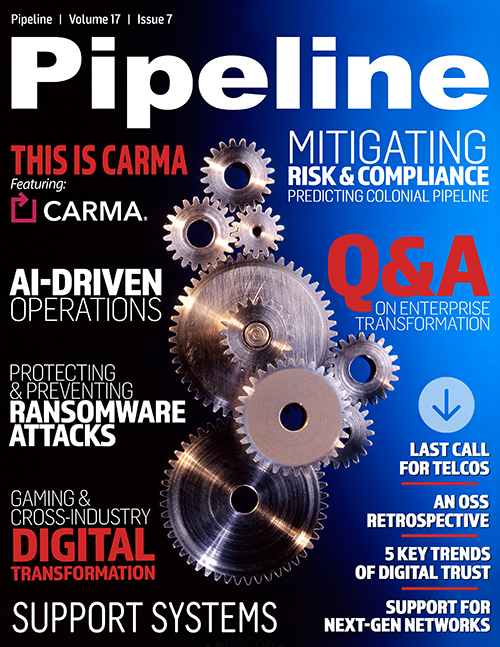Mitigating Risk & Compliance
Innovating Lawful Intercept
Mitigating these risks, in addition to being a legal requirement, can also be viewed as a moral, civic and fiduciary responsibility. Doing it wrong, however, can be costly. Doing it properly can not only protect your organization and the public, but it can also empower law enforcement to better respond to real and active threats with real-time lawful intercept.
We are working with organizations around the world to ensure they are compliant and their infrastructure is secure. We are also acting as a bridge between the organization, application providers and law enforcement to rapidly respond to legal requests needed to provide law enforcement with the lawful intelligence they need. This provides us with a unique perspective on the challenges they are facing today.
Over the last decade much communications intelligence has been going dark due to the mass adoption of encryption technologies across networks and applications. Even with a court order, this can be challenging. At the same time, the amount of data law enforcement has access to has been growing rapidly. This includes social media, traffic cameras, over-the-road tolling, license plate readers, location data, and credit card transactions.
Technologies such as 5G can be used to provide better throughput for law enforcement, and more precise location data based on density of 5G access points required to provide adequate 5G coverage. In the past, location data using cell-tower triangulation would be accurate to within a few miles. With 5G, it can be as accurate as to within a few centimeters. Correlating precise location data with data from multiple sources in real time can literally save lives.
In just March of this year, a gunman went on a shooting rampage in Georgia at spas throughout the Atlanta area. The Georgia State Police (GSP) was able to obtain video footage from the businesses to post an image of the suspect on social media, where his family identified the suspect. The GSP then used location data from his cell phone to locate his position, where law enforcement was able to intercept and put an end to his killing spree. After he had been taken into custody, the alleged shooter indicated that he had no intention of stopping and was on his way to continue his heinous acts into the State of Florida. Had he not been stopped, the death toll could have been much higher, and it was only through a rapid and coordinated response by law enforcement, and a correlation across a variety of data and tools, that law enforcement was able to stop the shooter and save lives.
Providing this critical link for law enforcement for lawful intercept is monumental. It goes well beyond the need for compliance and underscores the importance of the role that organizations, application providers and service providers can play to protect the public.



















